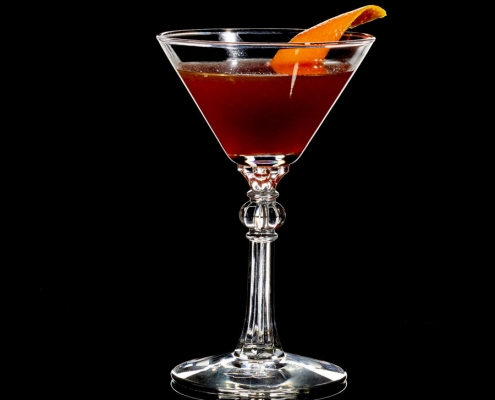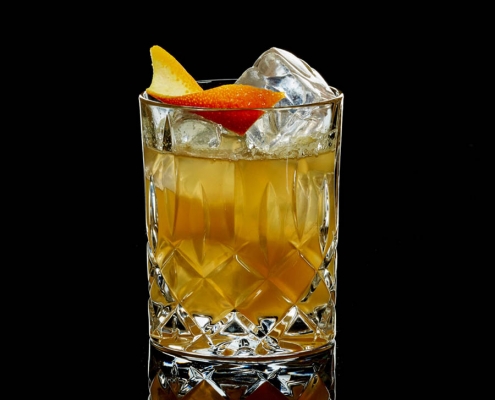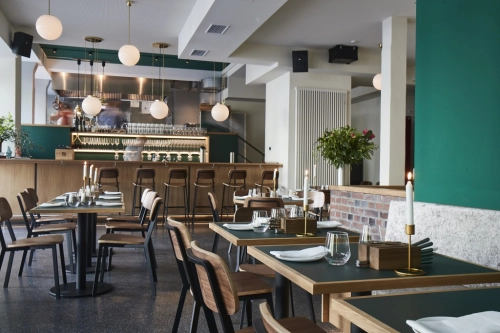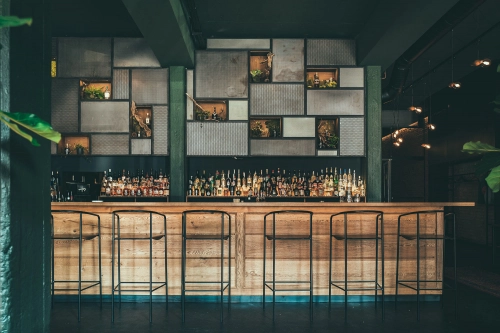Alcoholic fermentation
After the grain has been malted, it is mixed several times with warm and hot water in large mash tuns. This water-malt mixture is then transferred to the wash tuns, where yeasts are added. The yeasts and enzymes from the malting process ensure that the sugar is converted into alcohol and CO2. The fermentation process in Scotch whisky production is very similar to that of beer brewing. The only difference is that in whisky production, the fermented mash usually has an alcohol content of around 8% and the mixture is nowhere near as flavourful as beer.
Distillation
Single malt whisky must always be distilled in traditional copper stills. This almost always takes place in two stages. During the first distillation in the larger wash still, the first distillate is produced at around 25% alc. It is then distilled a second time in the spirit still. The result after separating the unwanted pre- and post-distillation is the New Make. A clear liquid with an alcohol content of around 72%. The shape of the still and the duration of the process have a certain influence on the flavour of the distillate.
Which production step has the greatest influence?
Up to this point, all the steps on the way to the finished single malt Scotch make up no more than 25 per cent of the flavour of the finished whisky. This can be seen from the fact that the origin of the barley, for example, plays a subordinate role. Scottish whisky distilleries endeavour to process as much grain from the region as possible. However, if this is not possible, harvests from other countries are also used.
Another example is the yeast strains used. There is a wide range of choices here. However, the effects of the different cultures do not even have enough influence on the finished product to be worth mentioning on the bottle or in marketing brochures. What is worth mentioning, however, is the specification of the barrels used. This is because maturation in oak casks is the most important factor for the character of the whisky.
Maturation
After the New Make has been distilled, it is reduced with water to a strength of usually 63% alc. This is the optimum strength for maturing a spirit in wooden barrels. In Scotland, white oak barrels from the USA make up the largest proportion of the barrels used. Bourbon whiskey was previously predominantly matured in these barrels.
Although more and more other types of cask have been used in recent years. First and foremost, of course, the sherry casks from Andalusia. Port, Madeira or white and red wine barrels are also used. Barrels in which other spirits such as cognac, rum or brandy were previously stored can also be used. Cask maturation gives the whisky a large part of its final flavour.
The whiskies are often aged for several years (often 10) in ex-bourbon casks and then matured for a few years in sherry casks. In this case, it is referred to as a finish. A few whisky houses also mature their products exclusively in ex-sherry casks and bottle pure sherry cask whiskies or blend the pure sherry cask whisky with pure bourbon cask whisky.
During maturation, an average of two per cent of the liquid in the barrel is lost each year. This is known as the Angels Share. When the whisky is bottled, it is often adjusted with water to a certain alcohol strength (often 40% alc. or 46% alc - whereby the last strength often makes the cold filtering of the whisky superfluous). There are also bottlings that are bottled at cask strength.
Production of the single malt whisky






